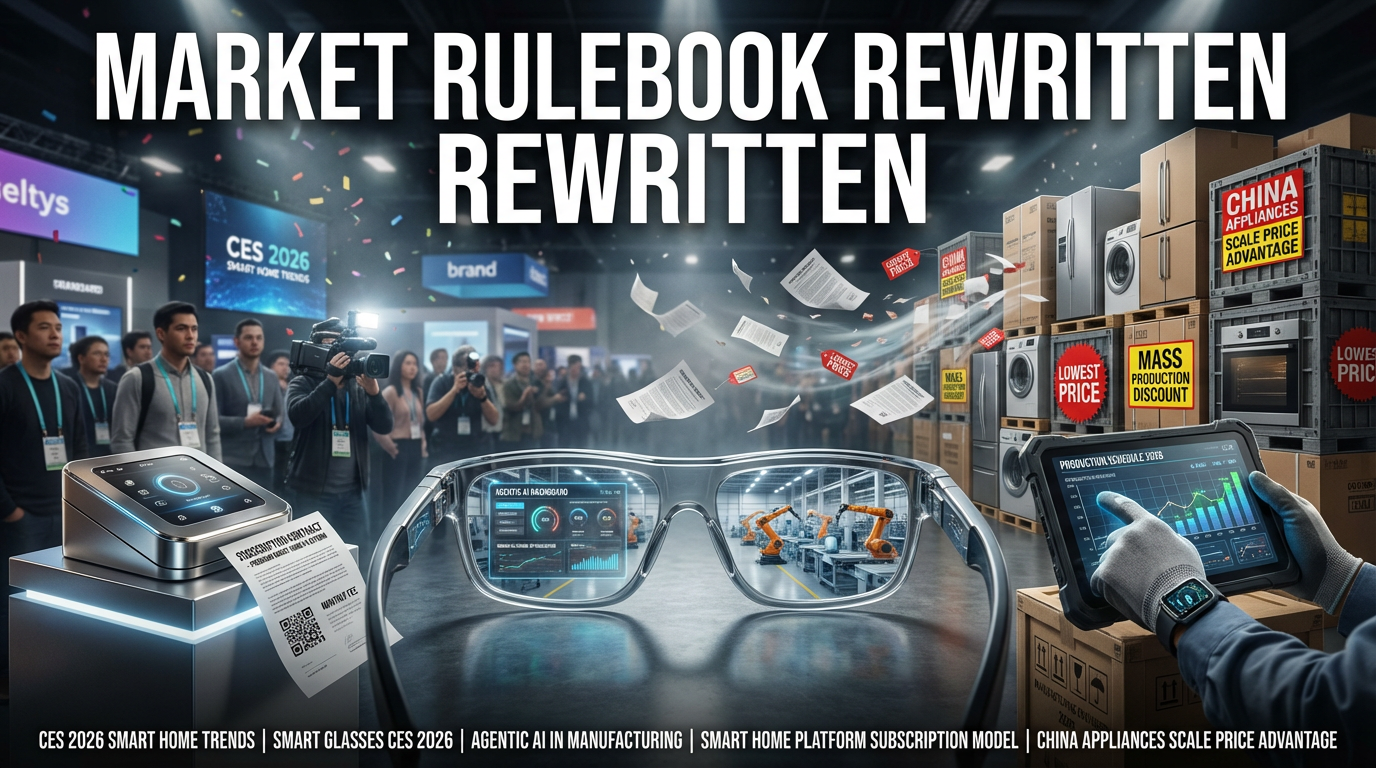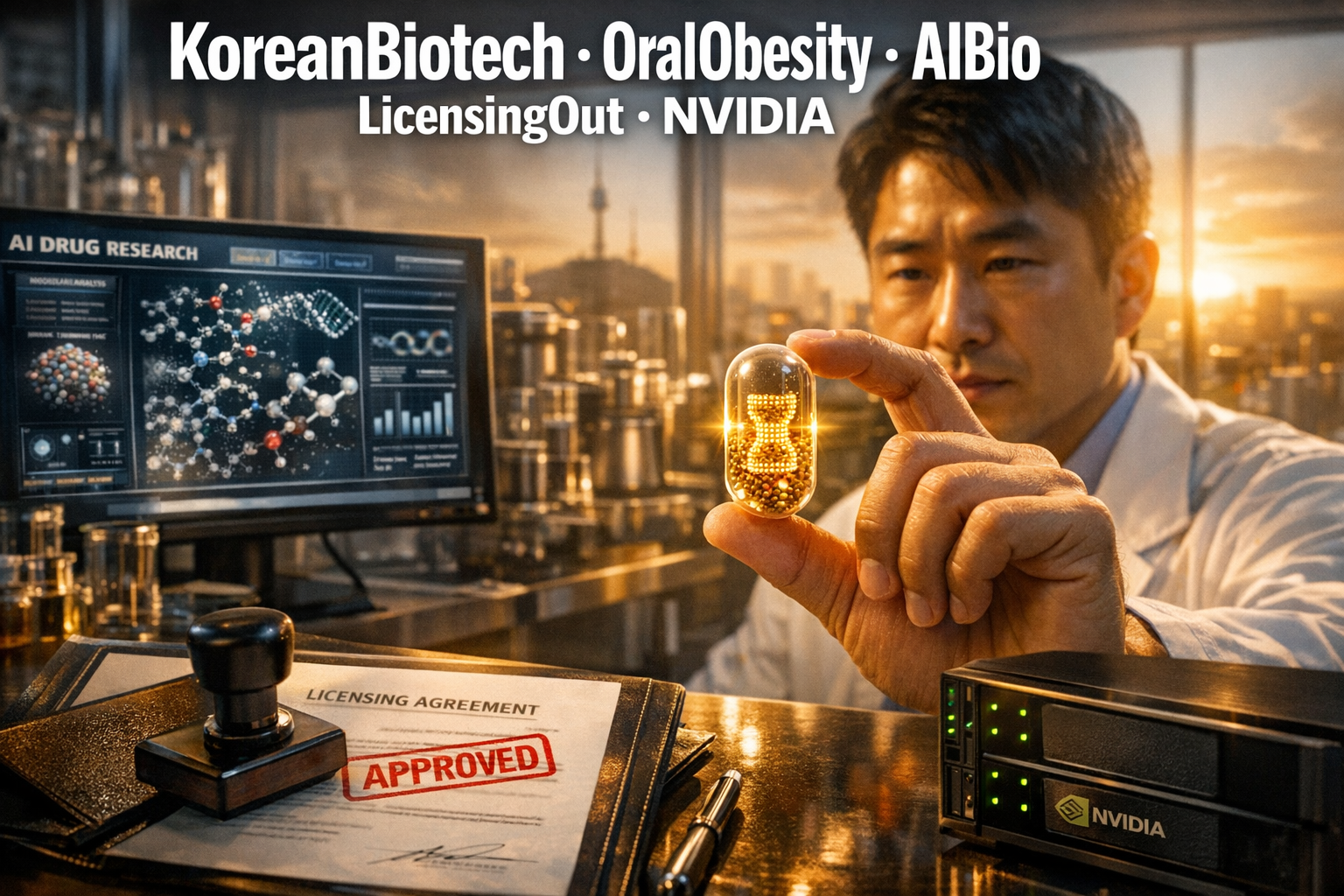● Tesla, Grok, Sell?
Tesla’s Autonomous Driving Technology: From AI Personality Modes to Global Investment Debates
1. Tesla AI Personality Mode and Latest FSD Updates
Tesla software update 202520 has revealed code including 12 different personality modes.
AI within the vehicle is expected to be able to converse with the driver in various modes such as argumentative, physician, meditator, storyteller, provocative, romantic, and sexy.
This feature will be primarily supported on AMD-based hardware vehicles, while existing Intel chip vehicles may not be supported initially.
The release is expected in the summer and is considered an important development for global economic outlook and investment strategies.
2. Wall Street’s Sell Opinions and Investor Reactions
Wall Street investment analysts have issued sell opinions, stating that Tesla’s current stock price is ahead of its technological capabilities.
Limitations of FSD data, performance degradation in adverse weather conditions, and operating cost burdens from entering the robotaxi market have been pointed out.
In particular, due to the uncertainty and technical barriers of autonomous driving technology, it is judged that it will be difficult to secure profitability in the short and medium term.
On the other hand, some investors emphasize Tesla’s strengths based on the robotaxi market and global data network, and there is also a buy perspective.
3. Robotaxi Competition and Production Cost Analysis
Bloomberg and others have assessed that Tesla’s vehicle production costs are very low compared to Waymo, and that technology is being improved based on data accumulated from millions of vehicles.
Actual mass production and accumulation of real-world data are important points in expanding the autonomous driving and robotaxi market.
This serves as a key factor explaining Tesla’s advantage in the global autonomous driving market competition.
4. Tesla’s Position in the Global Market and European Regulations
Tesla dominates the global electric vehicle market and continues to show strength in major markets such as the United States, China, and Europe.
Meanwhile, the Swedish Transport Agency has declared a complete ban on FSD testing, acting as a new variable in regulation.
This decision is likely to affect the development of the autonomous driving industry and technological competition in Europe, and may act as an investment risk due to policy changes.
5. Future Prospects and Investment Strategies
With the robotaxi launch in Austin on June 22nd, attention is focused on how Tesla’s technological advancements and global data network will be integrated into practice.
Overcoming technical problems, cost efficiency, and data-driven AI evolution are important considerations for investors.
Overall, Tesla has the potential to overcome crises while innovating in the economic outlook and global investment environment.
Tesla plans to introduce 12 AI personality modes with the latest FSD update.
Wall Street has issued sell opinions, citing technical limitations and high investment costs, but Tesla has a favorable position in the robotaxi market based on global data accumulation and low-cost production capabilities.
In Europe, Sweden’s FSD regulation is noticeable and is expected to act as an important variable in future investment strategies.
The technology and market development of Tesla should be closely examined, focusing on key keywords related to global, economic outlook, Tesla, autonomous driving, and investment.
[Related Articles…]
Tesla Driving Revolution Summary
Autonomous Driving Future Summary
*YouTube Source: [오늘의 테슬라 뉴스]
– 테슬라, 드디어 그록 탑재?… 웨이모보다 싸고 빠르다! 그런데 월가는 “지금 팔아라”?

● China’s Humanoid Body Race
China Humanoid ETF Market Trends and Investment Strategies
1. Overview of China Humanoid Robot ETF
The China Humanoid Robot ETF is a hot topic among investors recently.
This ETF focuses on investing in humanoid robot-related companies in China.
It includes information on the global economy, ETF investments, the growth of the humanoid industry, entry into the Chinese market, and essential components.
2. Importance of Core Components and Participating Companies
Every part of a humanoid robot, from head to toe, is an essential component.
Specialized component companies are needed for each part, including the eyes, shoulders, arms, hands, feet, ankles, and knees.
As companies possess specialized technologies and manufacturing capabilities for each component, component manufacturers also grow along with market growth.
3. Growth Potential and Listing Strategies of Chinese Humanoid Companies
Most humanoid companies in China are not yet listed.
The ETF offers investment opportunities in a way that allows immediate inclusion upon listing.
Listing can benefit both rapidly growing companies and investors.
4. Unitree Listing Technique and Investment Points
The Unitree listing method allows companies needing to be listed to be immediately reflected in the ETF portfolio.
Thanks to this method, investors can quickly access companies with high growth potential.
ETF investment, humanoid technology, Chinese market trends, global economic conditions, and the importance of essential component supply chains are key SEO keywords.
The China Humanoid Robot ETF offers investors attractive opportunities along with the rapid growth of China’s humanoid industry.
It shows the simultaneous growth of specialized companies responsible for essential components from head to toe.
There are advantages such as the listing potential of Chinese humanoid companies and the ability to immediately incorporate them into the ETF through the Unitree listing technique.
It covers the latest trends and investment strategies related to the global economy, ETFs, humanoids, China, and components in detail.
[Related Posts…]
Tiger ETF Investment Outlook
The Future of Humanoid Robot Technology
*YouTube Source: [이효석아카데미]
– 중국 휴머노이드는 ‘바디’가 중요하다 #중국휴머노이드 #중국로봇 #중국etf

● Tesla: RoboTaxi, Low-Cost Platform – Data Gap.
Analysis of Tesla Robotaxi and Autonomous Driving’s Impact on the Global Economic Outlook and National Competitiveness
1. Tesla Robotaxi Trial and Driving Video Analysis
Tesla’s Robotaxi is scheduled to officially launch in 7 days, and actual simulation driving videos have been captured in various locations in Austin.
It showcases driving patterns similar to real road conditions through scenarios such as boarding and disembarking in residential areas, left turns, and turn signal operation.
The effort to secure visibility before driving and the use of local traffic-only road signs have also been confirmed.
These detailed driving data support the generalization possibilities and competitiveness of Tesla’s Full Self-Driving (FSD).
2. Competitive Comparison and Driving Data Gap
Compared to Waymo, Uber, and Lyft, Tesla has differentiated strengths, such as manufacturing its own vehicles and providing insurance services.
While Waymo’s driving distance is millions of miles, Tesla claims to have accumulated over 3 billion miles in official data, showing a difference of more than 100 times.
Even during the testing phase, it covers the entire Austin metro area (9 times the area of Austin), suggesting that the adoption rate of Robotaxis could increase exponentially.
3. Accident Prevention and Economic Ripple Effects of Autonomous Driving
In traditional driving, an average of 3.9 accidents occur per million miles, but with FSD applied, the accident rate decreases to 1.16 or less.
If Tesla’s autonomous driving is fully adopted, the annual number of deaths in the United States could decrease significantly from 40,000 to 1,500.
This is expected to have a positive impact on the economy as a whole, including reduced loss of life, as well as reduced transportation and logistics costs.
4. The Boring Company and Traffic Innovation in Underground Tunnels
The Boring Company’s tunnel system is expected to solve ground traffic congestion problems and contribute to enhancing three-dimensional urban mobility.
Underground tunnels reduce surface wave damage in the event of an earthquake, ensuring greater safety than general roads.
When linked with autonomous taxis, it will contribute to increasing national competitiveness by enabling quick and efficient responses to emergencies.
5. Autonomous Driving Test Status and Outlook by Country
The cases of Sweden and Norway show that attitudes toward accepting autonomous driving technology vary by country.
Sweden has suspended Tesla FSD testing due to internal corporate protection issues, while Norway is testing with the Model X.
Given Elon Musk’s plan to begin in the Netherlands and approve it throughout Europe, the competition for autonomous driving adoption is expected to intensify worldwide.
6. Tesla’s New Models and Increased Sales Forecast
Tesla’s news of the new Model Y and Cybertruck casting is positive for future sales growth and market share expansion.
Tesla’s sales data shows that it recorded an overwhelming first place from January to May, and in the Chinese market, sales patterns concentrated at the end of the quarter were observed.
If data for June is included in the future, the difference in competition is likely to widen further, which is expected to have a large ripple effect on the economy as a whole.
Summary
Tesla Robotaxi showed a vivid driving demonstration in the Austin area before its official launch.
Compared to competitors such as Waymo, it has an overwhelming advantage in driving data accumulation and service range.
A decrease in accident rates and improved economic outlook are expected due to autonomous driving, and it is expected to contribute to improving global national competitiveness in connection with the Boring Company’s tunnel innovation.
In addition, the status of autonomous driving tests by country and the increasing trend in sales of new models are expected to have a significant impact on the future industry.
(Tesla, Autonomous Driving, Robotaxi, Economic Outlook, National Competitiveness)
[Related Articles…]
Tesla Innovation Trends
Future Prospects of Autonomous Driving
*YouTube Source: [허니잼의 테슬라와 일론]
– 테슬라의 로보택시와 저가형 플랫폼, 함께 온다! 블룸버그도 눈치챈 백배 이상의 데이터 차이



